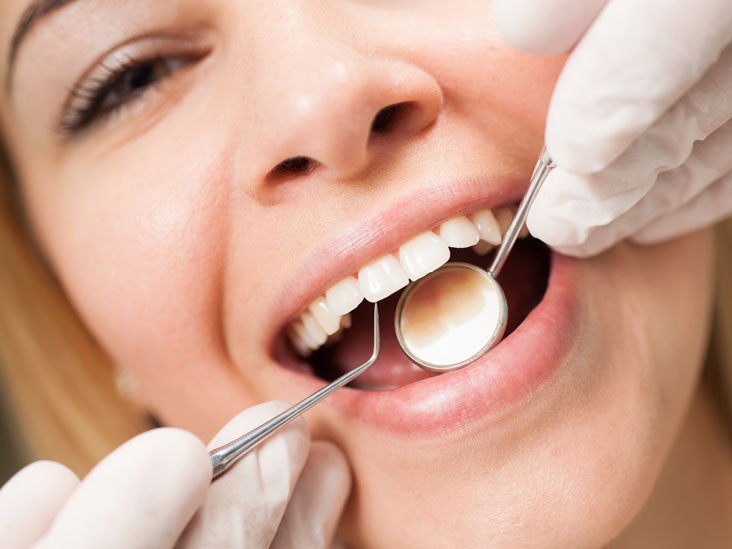A variety of methods for cleaning teeth exist, with varying tools depending on the kind of treatment used. Keeping patients’ teeth clean is a crucial part of preventing and controlling oral diseases as a dental professional. Keeping patients’ teeth clean can significantly improve their health. A new dental hygienist may find it difficult to understand the various dental cleaning tools available. Which is the most appropriate for your practice?
We at Dental Handpiece are happy to share our ideas about dental cleaning tools with you! To provide the best teeth cleaning services to your patients, you need to know which types of instruments are available. For more information, visit yesune.com.
Table of Contents
Cleaning Tools Used Most Commonly in Dentistry
Here’s a quick rundown of the different dental tools you can use when cleaning your teeth.
Fine Hand Tools
An oral hygienist or dentist uses a variety of hand tools in their practice. They perform routine oral examinations and tooth cleanings using these instruments. The majority of handheld tools are stainless steel in nature, which requires numerous sterilisation processes after each use.
Polishers
The patient’s teeth must be polished after all tartar and plaque deposits have been removed. The dental polisher serves as a prophylactic tool after scaling and planing. The polisher contains a paste that smoothes the teeth. In order to smooth out these uneven spots, dental hygienists use a slow-speed handpiece. The rough areas on the teeth will be smoothed with this technique, giving them a gleaming appearance. In addition to ceramics, stainless steel is also available as an alternative to ceramic frames.
Ultrasonic Scalers
One of the other must-haves for your dental practice is an ultrasonic scaler. Teeth must primarily be cleaned with this instrument. Using ultrasonic vibrations, ultrasonic scalers are used to remove sticky plaque deposits. Additionally, an ultrasonic scaler is equipped with a water outlet that helps wash away larger amounts of debris.
Ultrasonic scalers can be adjusted in terms of vibration to make it more comfortable for the patient. In addition, they are less intrusive than hand held scrapers, so they may not cause any sensitivity problems. The stainless steel material makes it possible to clean them more thoroughly, since stainless steel is durable.
Saliva Ejector
In the oral cavity, a saliva ejector is both a long tube and a vacuum that pulls the saliva out of the mouth. With this tool, you can clean your teeth on a dry surface. Furthermore, the equipment also serves as a suction device to remove all excess water after an ultrasonic scaler is used.
Dental Tools: Choosing the Right One
New dental tools are continually being developed as technology evolves in the dental care industry. In this context, it is quite easy to become overwhelmed with advanced practices and developments. It is important, however, to make sure you stay on top of dental tools because they are essential to your oral health.
Because there are so many dental tools available, selecting the best one can be difficult. This is especially true since you will need to consider several factors when choosing your dental tool. Your dental tools and equipment should be of the highest quality so that you can provide expert service. While it must be long-lasting, it must help you cover expenses over the long term.

